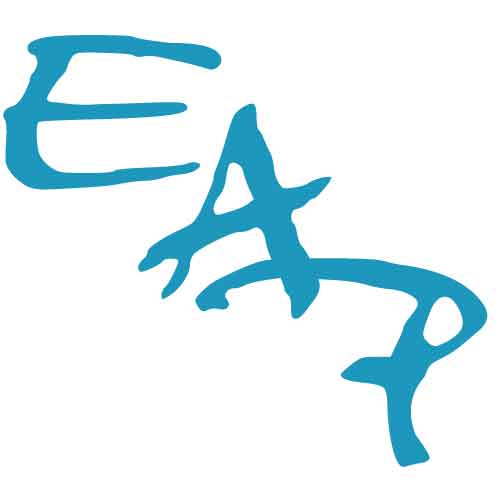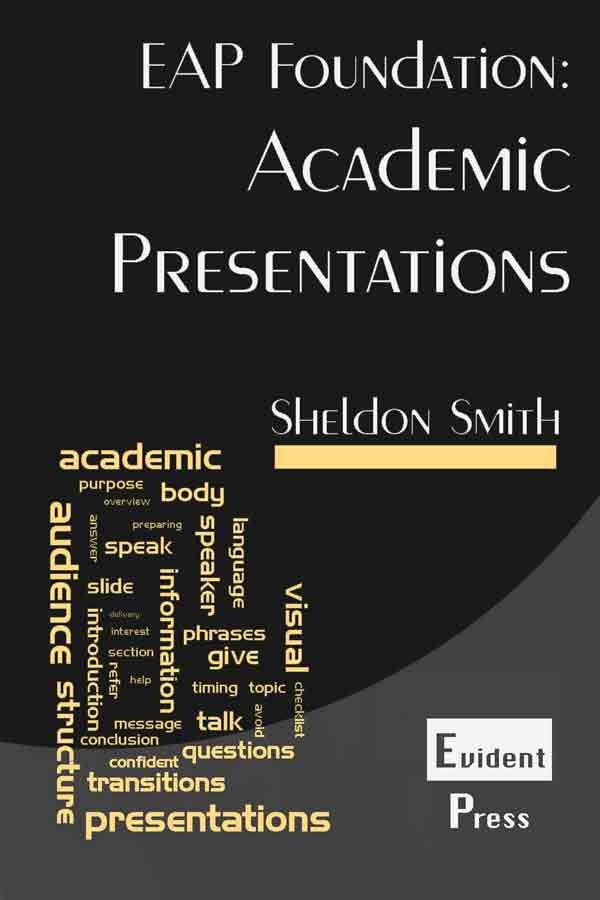|
|
NGSL and NAWL highlighters
Although the AWL (Academic Word List) is well-known, it is based on the GSL (General Service List),
which dates from 1953 and contains many very low frequency, uncommon words. Dr. Charles Browne and other
researchers have created an updated list, called the New General Service List (NGSL),
which in turn has been used to create a New Academic Word List (NAWL). Although these are not widely used at
present, this may change in future. Following a request from a user of the website, I created an
NGSL highlighter,
which highlights words according to levels (first, second and third 1000), as well as an
NAWL highlighter
for words in the New Academic Word List. Play around with them and see what you think.
| |
|
|
|
Website updates - vocabulary section

Recent updates to the website have focused on the
vocabulary section. This is a key area for all students;
in order to have good reading/listening fluency, learners need to understand around 8,000 word families, or
34,000 individual words. The page on
learning vocabulary gives information on
the kinds of words to study, as well as tips on how to learn new words. The
features of vocabulary page
considers important areas of vocabulary study, such as meaning, spelling, pronunciation, usage and collocation, while the
using dictionaries page
gives detailed information on the types of dictionary available and the advantages and
disadvantages of each, with advice on how to improve dictionary use.
|
|
|
|
Website updates - exercises
Exercises have been added to the
cause and effect page and the
transition signals page
in the Writing section. Expanding the range of exercises will be a focus in the coming months - more updates
in the next newsletter. To access the exercises, you need to
log in. This section has also been updated so that when you log in, you
can quickly see which pages have had exercises added since your last login session.
| |
|
|
|
EAP Foundation series

The second book in the EAP Foundation series, EAP Foundation: Academic Writing Genres,
will be available later this year. The book will cover the different genres students need to write at university,
including essays, reports, dissertations and abstracts. The book will include example essays to help students
understand the structure and provide context for the language features. More information in the next quarterly newsletter.
In the meantime, don't forget to check out (if you haven't already) the first book in the series,
EAP Foundation: Academic Presentations.
|
|
|
Just joined? Want to catch up?
If you are a recent subscriber you may have missed some of the previous quarterly newsletters from
EAPFoundation.com.
You can access them via the buttons below.
|
|
|














